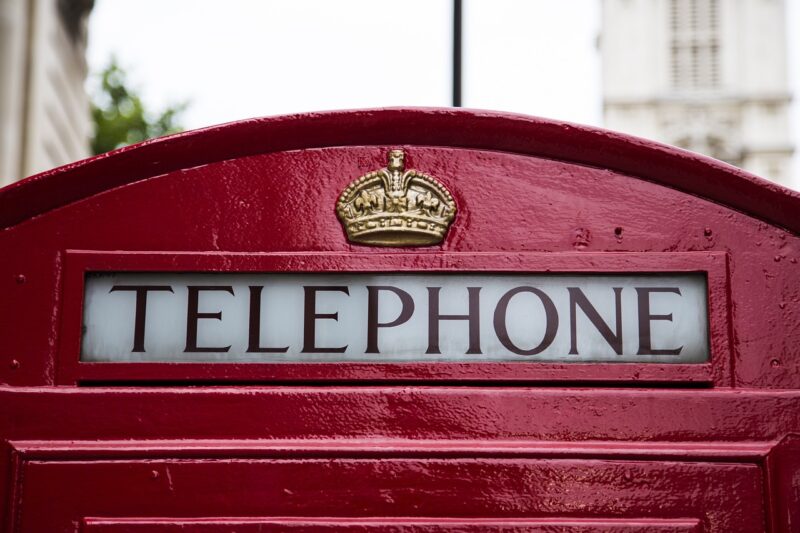The Hidden Meanings Behind the Most Iconic Logos and How They Were Designed to Influence the World
November 17, 2024

Logos are not just simple graphical representations of brands; they are powerful symbols embedded with meanings and stories. Every curve, color, and shape represents a brand’s identity, values, and aspirations. This article explores the hidden meanings behind some of the most iconic logos and how careful design decisions are intended to influence consumer perceptions and behaviors.
1. The Psychology of Logos
Logos hold a critical importance in branding, serving as the visual representation of a company’s identity. They must evoke feelings and associations that align with the brand’s mission. Color psychology plays a vital role here:
– **Red:** Associated with energy, passion, and action. A favorite among food brands, red is known to stimulate appetite.
– **Blue:** Often seen as trustworthy, calm, and stable. Many tech and finance companies use blue in their logos to reinforce reliability.
– **Green:** Represents nature, health, and tranquility. Used frequently by organic and health-focused brands.
– **Yellow:** Associated with positivity, joy, and creativity. Brands like McDonald’s utilize yellow in their branding to attract attention and convey happiness.
– **Black:** Symbolizes luxury and sophistication. Brands like Chanel and Nike employ black to enhance their premium feel.
Each color evokes specific emotions and is chosen strategically to attract target consumers and create brand loyalty.
2. Famous Logos and Their Meanings
Let’s delve into a few of the most recognized logos and unearth their hidden meanings:
Apple
The Apple logo features a simple silhouette of an apple with a bite taken out. This design not only makes the logo easily recognizable but also symbolizes knowledge, similar to the story of Adam and Eve. The bite taken signifies distinction, helping consumers differentiate between the logo and a real apple. Moreover, it hints at the brand’s mission: to provide knowledge and creative tools at the fingertips of users.
Nike
The Swoosh logo is more than just a check mark; it represents movement and speed, inspired by the wing of the Greek goddess of victory, Nike. The design conveys the idea of athleticism and progress. Its simplicity and elegance emphasize the brand’s dedication to performance and motivation, resonating deeply with athletes and fitness enthusiasts.
FedEx
At first glance, the FedEx logo may appear straightforward, but it contains a hidden arrow nestled between the letters ‘E’ and ‘X.’ This subtle design choice symbolizes speed, precision, and forward movement, reflecting the company’s goal of delivering packages swiftly and accurately. The use of bold colors represents trust and reliability, essential qualities for a shipping brand.
Amazon
Amazon’s logo sports a smiling arrow that starts from ‘A’ and points to ‘Z.’ This design signifies that Amazon provides everything from A to Z, emphasizing its vast product range. The smile symbolizes customer satisfaction, directed towards making shopping a pleasant experience.
3. How Logos Are Designed
Creating a logo that effectively encapsulates a brand’s essence and appeals to its audience involves a thought-out, multi-step process:
– **Research and Understanding:** The design team must gather insights into the brand’s target market, competitors, and industry trends to create a meaningful design.
– **Sketching Concepts:** Initial ideas are often hand-drawn to explore different shapes, colors, and typography before moving to digital platforms.
– **Digital Drafting:** Selected sketches are transferred to design software to experiment with color palettes and refine shapes.
– **Feedback and Revision:** Designers present their concepts to the stakeholders, gather feedback, and make necessary adjustments until arriving at the desired logo.
– **Final Touches:** The final steps involve ensuring scalability (the logo looks good at all sizes) and versatility (the logo works on multiple mediums like print and digital).
– **Launch:** Finally, the chosen logo is unveiled, often alongside a comprehensive branding strategy to ensure consistency across all touchpoints.
4. The Impact of a Logo on Brand Perception
A logo directly affects how a brand is perceived by its consumers. Strong branding can lead to:
– **Increased Customer Recognition:** Well-designed logos make brands easily recognizable, allowing consumers to identify them quickly in crowded marketplaces.
– **Establishing Trust:** Professional and appealing logos can foster trust with potential customers. A credible and consistent logo can indicate a reliable brand.
– **Creating Emotional Connections:** Logos that resonate emotionally with consumers can significantly enhance customer loyalty and retention.
– **Differentiating from Competitors:** In saturated markets, a unique logo can help a brand stand out, giving it competitive advantage.
An effective logo is no small feat; it holds the power to shape and define a brand’s identity.
5. Conclusion
In the competitive landscape of branding, an iconic logo is not just an artistic expression; it is a strategic tool that conveys a brand’s identity and values. The stories hidden within logos continue to captivate and influence consumers around the globe. By understanding the implications of logo design, brands can craft visuals that do not just represent their business but also connect deeply with their audience, leading to stronger brand loyalty and eventual success.
As you explore various brands and their logos, consider the meanings behind the design, the colors, and the shapes used. Recognizing these elements can enhance your appreciation of branding and marketing strategies, and provide insights into the psychological impact logos hold on consumer behavior.




